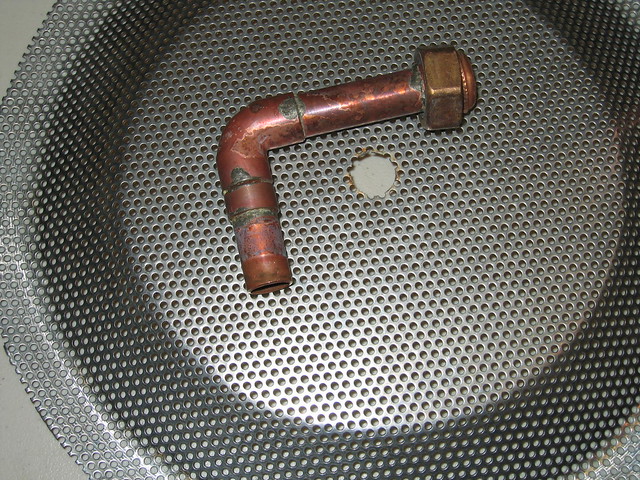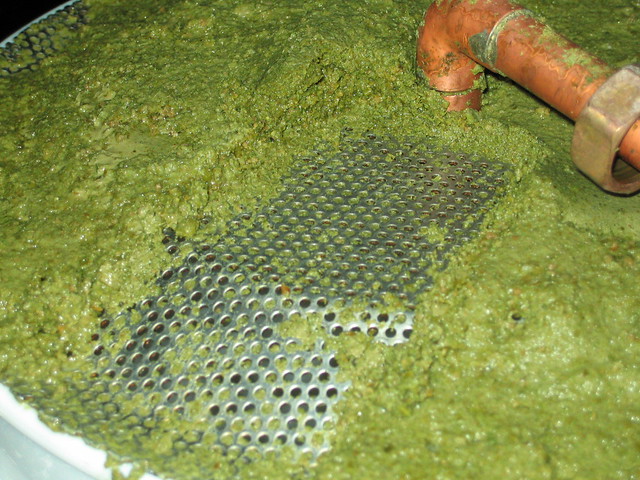From my understanding speaking to the Dudadiesel people, the faster the chill water the better. It takes the heat up and on outa dere. The wort should be slow enough to get the desired exit temp, so slow enough to transmit as much heat as needed before exiting.
One thing I don't see many people recommending (hardly):
If the showdown is plate chiller vs. jamil-o-pool IC, then why not a Jamil-o-plate. Why not recirculate the output of the plate chiller back into the kettle. I hear a 'flaw' of the plate chiller is that the majority of the wort stays at boiling temp too long. Problem solved.
I guess it has something to do with hop blockage, but if you are confident in your screening, then why not. Seems like even better than going straight into the fermenter since you'll leave all the trub/break behind... which seems to be the other argument against plate chillers.
EDIT: And you can just use a hose clamp on your line to slow things down. I would hate to have to take apart a ball valve every time I brew just for that purpose. It's the reason I bought a butterfly valve for my boil kettle.
I recirc. The only time I don't have to is during about 3 months in the winter when my pool water (chilling water) gets below about 60, then I can go straight to fermenter.
Recircing with the plate chiller works fine with a Lil Sparky hop bag. I've increased my hops by 10% to account for loss of utilization. Don't know if that was necessary, but I got spooked and really prefer my beers to err on the side of bitterness. I've never had my therminator clog or even slow down.


















![Craft A Brew - Safale S-04 Dry Yeast - Fermentis - English Ale Dry Yeast - For English and American Ales and Hard Apple Ciders - Ingredients for Home Brewing - Beer Making Supplies - [1 Pack]](https://m.media-amazon.com/images/I/41fVGNh6JfL._SL500_.jpg)










































